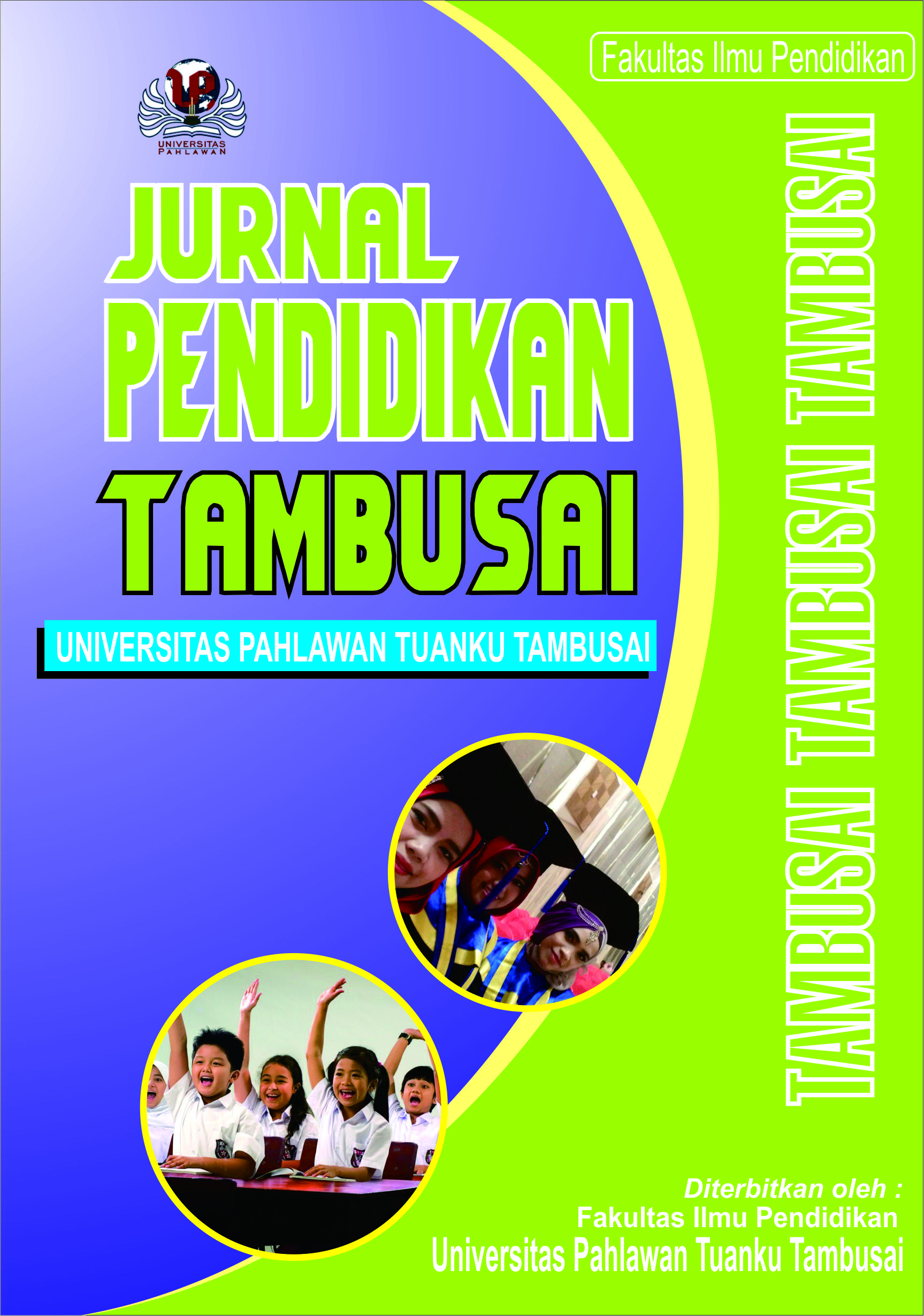The Geometric Harmony of Karo Clan Hause : Symmetry and Proportion In Traditional Architecture
DOI:
https://doi.org/10.31004/jptam.v7i3.12159Keywords:
Rumah Adat, Simetri Lipat, Geometri, Ornamen, ProporsiAbstract
References
Anita, I. W. (2014). Pengaruh Kecemasan Matematika (Mathematics Anxiety) Terhadap Kemampuan Koneksi Matematis Siswa SMP. Infinity Journal. https://doi.org/10.22460/infinity.v3i1.43.
Auliya, R. N. (2016). Kecemasan Matematika dan Pemahaman Matematis. Formatif: Jurnal Ilmiah Pendidikan MIPA. https://doi.org/10.30998/formatif.v6i1.748.
Berry, R.Q., & Larson, M.R. (2019). The need to catalyze change in high school mathematics. Phi Delta Kappan. https://doi.org/10.1177/0031721719834027.
Carter, N., Bryant-lukosius, D., Dicenso, A., & Blythe, J. (2014). Methods & Meanings. Oncology Nursing Forum. https://doi.org/10.1188/14.ONF.545-547.
Fitriatien, S. R. (2017). Pengantar Statistika Untuk Penelitian: Suatu Kajian. Buana Pendidikan: Jurnal Fakultas Keguruan Dan Ilmu Pendidikan.
Fitriatien, S. R. (2019a). Analisis Kesalahan Dalam Menyelesaikan Soal Cerita Matematika Berdasarkan Newman. JIPMat. https://doi.org/10.26877/jipmat.v4i1.3550.
Fitriatien, S. R. (2019b). HISTOGRAM?: Jurnal Pendidikan Matematika HISTOGRAM?: Jurnal Pendidikan Matematika. 3.
Flora Siagian, R. E. (2015). Pengaruh Minat dan Kebiasaan Belajar Siswa terhadap Prestasi Belajar Matematika. Formatif: Jurnal Ilmiah Pendidikan MIPA. https://doi.org/10.30998/formatif.v2i2.93
Fuad, A. J. (2016). Meta Analisis: Deferensiasi Gaya Belajar dengan Metode Pembelajaran. Journal An-Nafs: Kajian Penelitian Psikologi. https://doi.org/10.33367/psi.v1i2.284
Gogus, A., & Ertek, G. (2016). Learning and Personal Attributes of University Students in Predicting and Classifying the Learning Styles: Kolb’s Nine-region Versus Four-region Learning Styles. Procedia - Social and Behavioral Sciences. https://doi.org/10.1016/j.sbspro.2016.02.145
Huang, S. C. (2011). Convergent vs. divergent assessment: Impact on college EFL students’ motivation and self-regulated learning strategies. Language Testing. https://doi.org/10.1177/0265532210392199
Kolb, A., & Kolb, D. A. (2012). Kolb’s Learning Styles. In Encyclopedia of the Sciences of Learning. https://doi.org/10.1007/978-1-4419-1428-6_228
Kolb, A. Y., & Kolb, D. A. (2013). The Kolb Learning Style Inventory 4.0 - A Comprehensive Guide to the Theory, Psychometrics, Research on Validity and Educational Applications. Experience Based Learning Systems, Inc. https://doi.org/10.1016/S0260-6917(95)80103-0
Olusegun, S. (2015). Constructivism Learning Theory: A Paradigm for Teaching and Learning. IOSR Journal of Research & Method in Education Ver. I. https://doi.org/10.9790/7388-05616670
Polya, G. (2019). Heuristic reasoning. In How to Solve It. https://doi.org/10.1515/9781400828678-039
Sirait, E. D. (2018). Pengaruh Gaya dan Kesiapan Belajar terhadap Pemahaman Konsep Matematika Siswa. Formatif: Jurnal Ilmiah Pendidikan MIPA. https://doi.org/10.30998/formatif.v7i3.2231
Wahyuni, Y. (2017). Identifikasi Gaya Belajar (Visual, Auditorial, Kinestetik) Mahasiswa Pendidikan Matematika Universitas Bung Hatta. Jurnal Penelitian Dan Pembelajaran Matematika.
Downloads
Published
How to Cite
Issue
Section
Citation Check
License
Copyright (c) 2023 Jhon Agus

This work is licensed under a Creative Commons Attribution-ShareAlike 4.0 International License.
Authors who publish with this journal agree to the following terms:
- Authors retain copyright and grant the journal right of first publication with the work simultaneously licensed under a Creative Commons Attribution License that allows others to share the work with an acknowledgement of the work’s authorship and initial publication in this journal.
- Authors are able to enter into separate, additional contractual arrangements for the non-exclusive distribution of the journal’s published version of the work (e.g., post it to an institutional repository or publish it in a book), with an acknowledgement of its initial publication in this journal.
- Authors are permitted and encouraged to post their work online (e.g., in institutional repositories or on their website) prior to and during the submission process, as it can lead to productive exchanges, as well as earlier and greater citation of published work (See The Effect of Open Access).



